Since the beginning of time people have tried to stay clean (which is probably why our cleaning hack list has been so popular). Of course, this meant different things at different times. For example, not every culture had sinks or bathtubs. What’s worse, not long ago the world didn’t even know about germs or infections (so they took some liberties that today we frown upon).
Things that we take for granted today, like showers, hand washing, toilets, trash cans, and sewers looked radically different and indoor plumbing was practically non-existent (for some cultures). People couldn’t just use the bathroom in the house and flush out the waste. If they lived in the countryside they would have to go outdoors and cover up the waste somehow.
The exact methods varied from culture to culture but things like toilet paper and running water certainly weren’t part of the solution. If they lived in the city, they couldn’t even go in the woods. They had to do their business in a bedpan that they kept-big surprise-under the bed.
In the morning the bedpan had to be emptied, but you couldn’t just empty it in the house (no sewer system remember?), it went to the only logical place left…the street. That’s right if you lived in London hundreds of years ago you would have human excrement being flung out of windows early in the morning. At any rate, you are about to see how hygiene has changed over the centuries. These are 25 incredibly gross and surprising hygiene practices from history.

Clothes
 Source: wikipedia, Image: wikipedia
Source: wikipedia, Image: wikipedia You’ve probably wondered about this, and the answer is no, people did not change their clothes. Not even royalty. They usually only had 4 outfits, 1 for each season.
Birth
 Source: wikipedia, Image: wikipedia
Source: wikipedia, Image: wikipedia During labor, women were usually given oil and vinegar along with eagle dung (all meant to ease their pain).
Sickness
 Source: wikipedia, Image: wikipedia
Source: wikipedia, Image: wikipedia If you were sick in the past, the solution usually involved a leech. Why? To get rid of the “bad blood”.
Wigs
 Source: wikipedia, Image: wikipedia
Source: wikipedia, Image: wikipedia As you may suspect, they were usually infested with lice. What’s more, they were shaped with animal fat so they smelled bad and often caught fire.
Face washing
 Source: wikipedia, Image: wikipedia
Source: wikipedia, Image: wikipedia Nobility often washed their face everyday…with urine. Don’t be too surprised though, it is still suggested by some people today as a face wash.
Baldness
 Source: wikipedia, Image: wikipedia
Source: wikipedia, Image: wikipedia For a short time chicken droppings mixed with potassium were rubbed into the scalp to cure baldness.
Bathing
 Source: wikipedia, Image: wikipedia
Source: wikipedia, Image: wikipedia Most people bathed in the same water. Since most people didn’t have tubs at home the baths were usually communal.
Bathroom breaks at night
 Source: wikipedia, Image: wikipedia
Source: wikipedia, Image: wikipedia If you had to go to the bathroom in the middle of the night you would most likely just reach under your bed for your bed pan. When you were done, you would just slide it back under the bed and go to sleep. The grossest part? The bed pans were often emptied right out of the window and onto the street.
Wiping
 Source: wikipedia, Image: wikipedia
Source: wikipedia, Image: wikipedia If you were a king, you didn’t wipe by yourself. Kings typically had a “Groom of Stool”. This person’s job was to carry around the king’s portable toilet and cleaning necessities. Of course, you would also have to help wipe up afterwards. Contrary to what you may think, this position was actually highly coveted and often given to sons of nobles. As for the peasants? They used leaves.
Brushing
 Source: wikipedia, Image: wikipedia
Source: wikipedia, Image: wikipedia Romans used mouse brains to brush their teeth.
Antiseptics
 Source: wikipedia, Image: wikipedia
Source: wikipedia, Image: wikipedia After wine, urine was the most common antiseptic during Victorian times.
Beds
 Source: wikipedia, Image: wikipedia
Source: wikipedia, Image: wikipedia Thatched roofs often led to bird droppings throughout the cottage, even on the bed.
Waste
 Source: wikipedia, Image: wikipedia
Source: wikipedia, Image: wikipedia Often it was just thrown into a cesspit not far from the house. Of course, these were breeding grounds for diseases.
Laundry
 Source: wikipedia, Image: wikipedia
Source: wikipedia, Image: wikipedia You may be used to this by now, but on the rare occasion that laundry was done, it was usually done with a mixture of lye and urine.
Surgery
 Source: wikipedia, Image: wikipedia
Source: wikipedia, Image: wikipedia There were no such things as clean surgical instruments. Unless you consider a urine drenched scalpel clean…
Washing hands
 Source: wikipedia, Image: wikipedia
Source: wikipedia, Image: wikipedia Ok, so in castles and large houses there was usually a place to wash your hands during meal time. Outside of this however, washing was almost non-existent. Just remember that people still didn’t know about germs and bacteria.
Moats
 Source: wikipedia, Image: wikipedia
Source: wikipedia, Image: wikipedia Those clean, sparkling moats that you’ve seen in pictures? That’s a fairytale. Moats were the perfect dumping ground for most castles.
Streets
 Source: wikipedia, Image: wikipedia
Source: wikipedia, Image: wikipedia Up until the 18th century there was no effective street cleaning regime. Most streets in the city were covered with feces (both human and animal), urine, animal corpses, and rotting food.
Floors
 Source: wikipedia, Image: wikipedia
Source: wikipedia, Image: wikipedia Indoors, the dirt floor was often covered with straw. While the top layer was often changed, the bottom layer was usually left alone. As you can imagine, this effectively led to a bacteria breeding ground.
Eyebrows
 Source: wikipedia, Image: wikipedia
Source: wikipedia, Image: wikipedia Unfashionable eyebrows were often masked by small bits of skin from a mouse.
Sewers
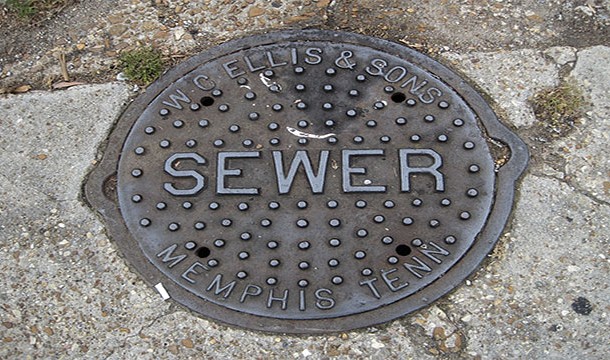 Source: wikipedia, Image: wikipedia
Source: wikipedia, Image: wikipedia In cities that did have some sort of sewer system, it was typically open, as in there were no sewer drains. People would just throw stuff in. Of course this beat throwing stuff straight into the street.
Rivers and Lakes
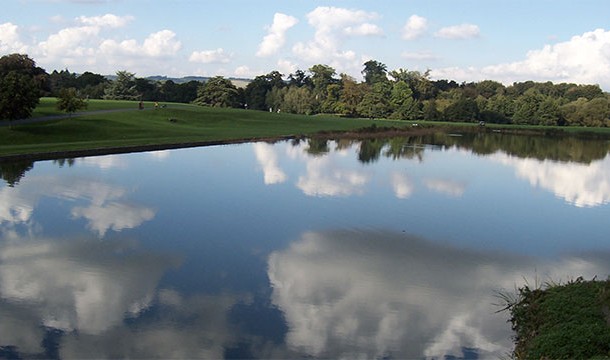 Source: wikipedia, Image: wikipedia
Source: wikipedia, Image: wikipedia Lakes and rivers got so polluted by waste that in the 14th century the English Parliament levied fines against illegal dumping
Makeup
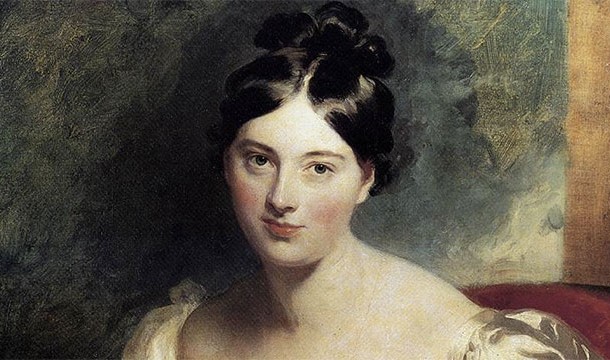 Source: wikipedia, Image: wikipedia
Source: wikipedia, Image: wikipedia Women during the Victorian Era used a lead powder to give their faces a creamy white complexion. Instead of washing, many times they would just keep adding more lead. Not surprisingly, this lead to many sicknesses.
Freckles
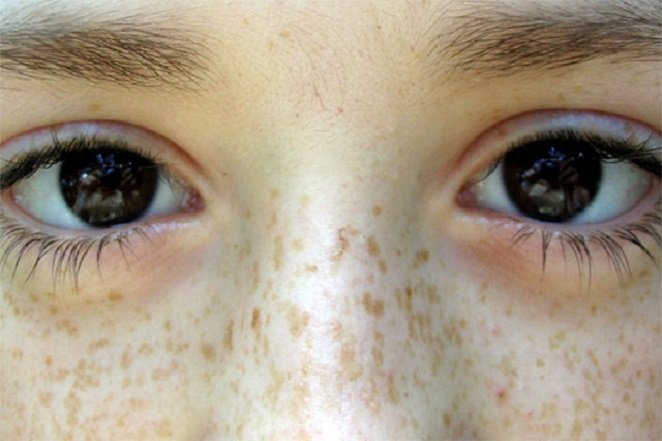 Source: wikipedia, Image: wikipedia
Source: wikipedia, Image: wikipedia Freckles were considered unsightly and often people would rub sulphur into their skin to try getting rid of them.
Deodorant
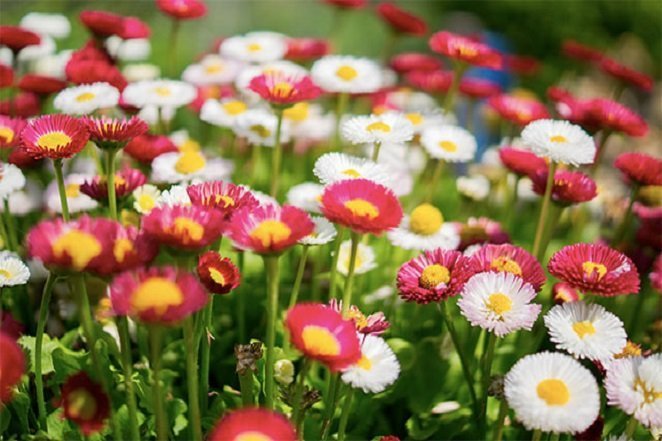 Source: wikipedia, Image: wikipedia
Source: wikipedia, Image: wikipedia



























